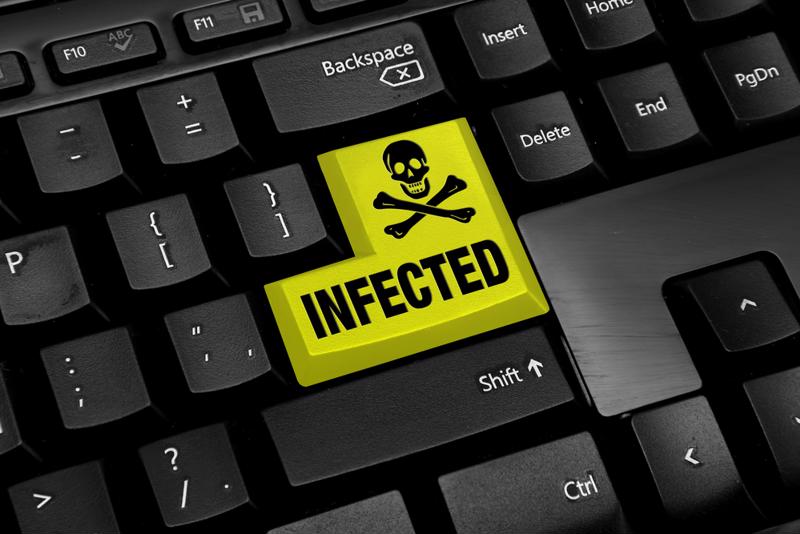Corona virus showed us how important our supply chains are.
The uptick in online shopping during the pandemic provided many companies
continued revenue and the need to move product throughout the entire country. PPE
had to make it to hospitals and essential businesses on time. Tractors delivered
items across the United States putting many miles on the vehicles. Fleet
management became an extremely important topic as financial efficiency was made a top priority for organizations
around the world.

Fleet Management is the management of expenditures related
to fleet assets (trucks, trailers, sedans, other company vehicles, etc.). This
can be from purchasing, to the disposal or resale of the vehicles, to preventative
maintenance or driver training. Many fleet managers focus on purchasing vehicles
at a low price, with the thought that this constitutes “good” fleet management.
However, would you be surprised to learn that on average, eighty percent of the
vehicle’s total cost of ownership is not related to its price tag? Most of the
costs associated with your fleet is for maintenance, fuel, running costs, and
parts.
Many fleet managers will spend a large amount of their time
and energy negotiating the unit cost of the vehicles down. This is beneficial
and should not be overlooked. However, once purchased the analysis should be
increased rather than forgot. The ability to keep costs down is even greater
now that the asset is yours. How and where will you buy parts? What are the
maintenance management programs you will create policies for? Are you buying
fuel at an effective price with rebates baked in? These are the questions I
want to address so you can manage that other eighty percent of addressable
spend.
Preventative Maintenance Considerations and Policies
Anyone who owns a vehicle understands the benefits of
preventative maintenance. We grow up being told to get the oil changed at a
specific interval, or that if we take care of our car it will take care of us
in return. When you expand that to tens, hundreds, or thousands of vehicles the
costs become drastic. But when we remember the costs of repairs when we
neglected preventative maintenance the benefits are clear. Spend a little per
vehicle now rather than a lot down the line.
This opens many other considerations for fleet managers to
address. Who will complete the repairs? What mileage should services be
completed at? Will the maintenance be completed in house or outsourced? These
all are additional opportunities for smarter purchasing. If your organization
does not want to spend a lot of money for maintenance, remember again that
eighty percent of the costs were not in purchasing the asset. Remind them they
cannot afford to NOT spend the money. Avoiding maintenance can cause
breakdowns, legal issues, the need to buy replacement vehicles and can harm the
resell value at the end of the asset’s life.
Define exactly what maintenance needs to take place in an
official company policy. This will keep organization and compliance throughout
the company. Fleet managers will know exactly what to repair, when, and where
to get it completed. Define the need for drivers to continually visually assess
the vehicle to shine light on issues that may not be covered in the policy. The
main key is to catch things early so they do not turn into huge expenditures
down the road.
Managing Fuel Costs
The cost of fuel is always fluctuating and is one of the
biggest considerations when managing a fleet. This fluctuation means that
assessing exactly what you will pay per vehicle is difficult. However, one
thing that we can usually rely on is that it will increase over time. So how do
we manage it and keep costs as low as possible?
One way to lower fuel costs is focusing on the driver’s
habits. Poor habits can cause excessive costs that do not need to be present.
If a driver is idling too often or driving too aggressively, removing these
habits can provide savings. GPS systems and ELD (electronic logging device)
usage can provide some information on driver’s habits as they track the fleet
vehicle in real time. Improving driver habits also provides the benefit of less
tickets and traffic violations.
Most likely the best way to mitigate excessive fuel costs is
to utilize a fuel management card with rebates. With many of the top cards, the
larger your fleet the more you will save. Even for small and medium size
fleets, savings can be found. It is important to confirm solid coverage when
selecting the card. If you do not have routes near the stations accepting the
card, you will not take advantage of the maximum benefit. Some fuel cards offer
a rebate of up to six cents per gallon! That amount can really add up to
impressive, easy savings.
Effectively Purchasing Parts for Repair and Maintenance
Another great way to lower your fleet cost is to be wise
about how and where you purchase your vehicle parts. The goal is to purchase
the cheapest parts that maintain the quality you require. Every single discount
adds up when extended across the hundreds, or even thousands, of vehicles in
your fleet. Signing contracts with individual suppliers can be very effective,
but there is an even better way.
Fleet GPO’s (group purchasing organizations) are a great way
to get the parts you need at a great price. This will not only leverage the
size of your fleet, but it also leverages the fleet size of every member in the
GPO. Corcentric offers GPO programs for tires, repair parts, lift gates, drive
train parts, windshields, route planners, and many other categories fleet and
not fleet related. For each category, we also offer multiple choices of
suppliers. If you prefer Goodyear tires, we can lock in a better discount. If
Yokohama is your preferred tire supplier, we can aid you in receiving a better
rate than you are currently paying. This applies to batteries, heavy duty and
light duty parts, and so much more.
A GPO also allows a smaller fleet to take advantage of
better pricing. All the members of the group purchasing organization will pool
their spend figures. The agreement with the supplier considers a larger amount
of spend because the GPO contains multiple members. The supplier receives drastically
more business via Corcentric’s pooling of demand, so they are willing to offer
a better per unit price for each part and better back end incentives. It is
possibly the simplest way to gain immediate and vast savings for your fleet.
Always remember to think of the other eighty percent of
fleet spend. The price tag of each vehicle is absolutely an important
consideration. However, it is not the only consideration. It may not even be
the most important area to focus on when attempting to control fleet management
costs. Understand your spend, be wise about purchasing parts, and never wait
until minor maintenance issues turn into huge expenditures. This will take your
fleet management to the next level.


























